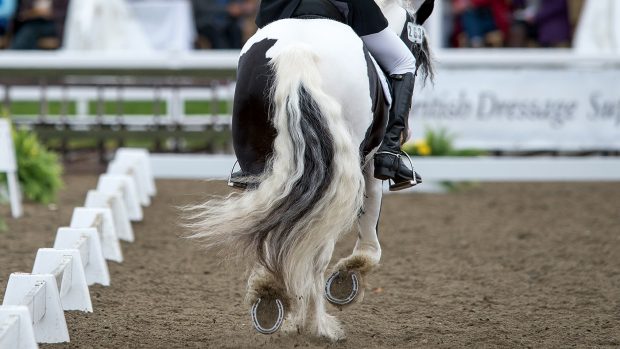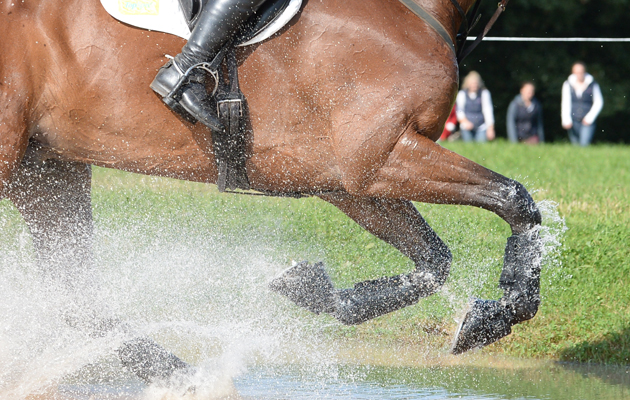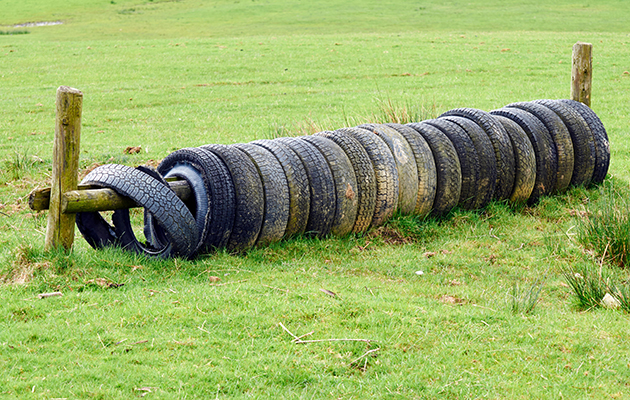I was feeling a bit more confident about my next little competition stint out to Belgium, mainly because I knew more about the set up and how things were run, so felt a bit more in control. I took Felix (pictured above) and Fleurie out for the international shows, along with my young horse Cambridge, to get some further training and also take him to the local training shows.
When we arrived in Belgium I managed to get him straight to Lier and jump him round a little course to dust off the cobwebs, then onto Sentower the next day to jump him in their big international ring. This was a great experience which didn’t faze him in the slightest.
We then chugged off to Kronenberg (I won’t bore you with my lorry issues… again!), which was only 50 minutes from the yard — win! I really like this show. It has two arenas that aren’t enormous, but the course builders really utilise the space and create nice flowing tracks that encourage a good pace with no half distances. The arenas have a restaurant in the middle of them making for great viewing, with nice indoor and outdoor seating. Most of these shows also have outdoor international arenas where you can exercise the horses, which was ideal for my young horse. Cambridge didn’t compete but he presented at the trot-up, took in the atmosphere and got to sneak in some extra flatwork training. The Kronenberg show also has the new, huge Emmers tack shop which is horsey heaven — I didn’t realise how many things I “needed” until visiting. Hi, Santa!

Fleurie at Sentower
After Kronenberg, I had a few areas I wanted to work on, so we had a good few days training to get focused. Below are the exercises that I’ve found to genuinely improve discipline, balance and rhythm:
Exercise one — two cavelletti for discipline
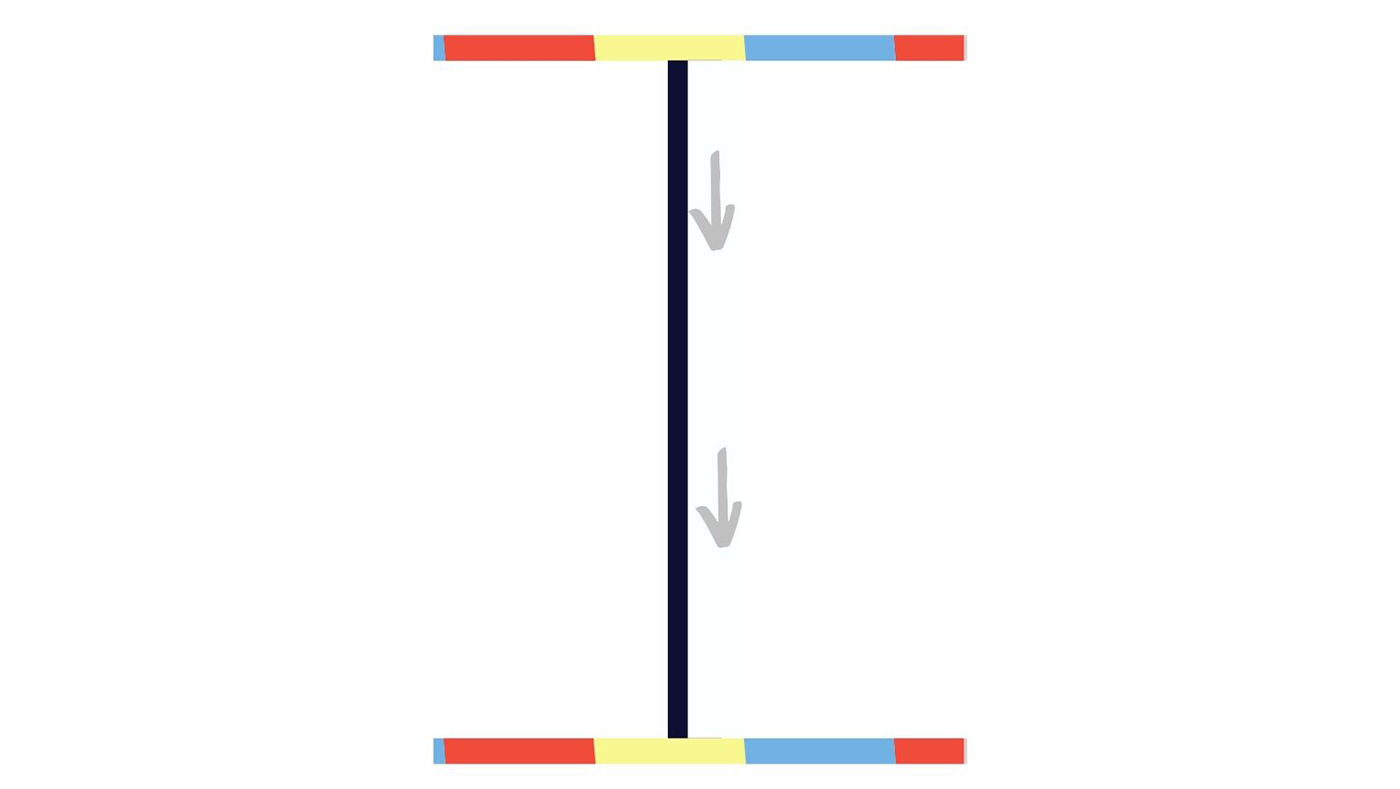
Set it up so you can have four or five strides between the two cavelletti. Then set up in your mind what you are going to do in terms of strides each time you come around to the cavaletti, for example, a few four stride attempts, followed by a couple of five stride attempts, followed by another four stride. Make sure you alternate the direction of approach and turn in the direction of the canter lead you land on, turning a 15m circle then go back to the cavalleti. This is great for your own and the horse’s discipline. The mental preparation is as important as the rest.
Exercise two — two small verticals for balance

Set the two small verticals up as in the picture above. Go through the exercise in a normal training canter a couple of times, then up the pace, landing and moving forward around the apex getting less strides in-between the verticals. On the longer run, if you land on the correct canter lead, move forward. If you don’t, balance, get your change, then move forward. If your horse isn’t established in canter changes, trot before the turn and pick up canter on the correct lead. This was great for me because I tend to get ‘stuck’ in corners.
Exercise three — a mini four fence course for rhythm
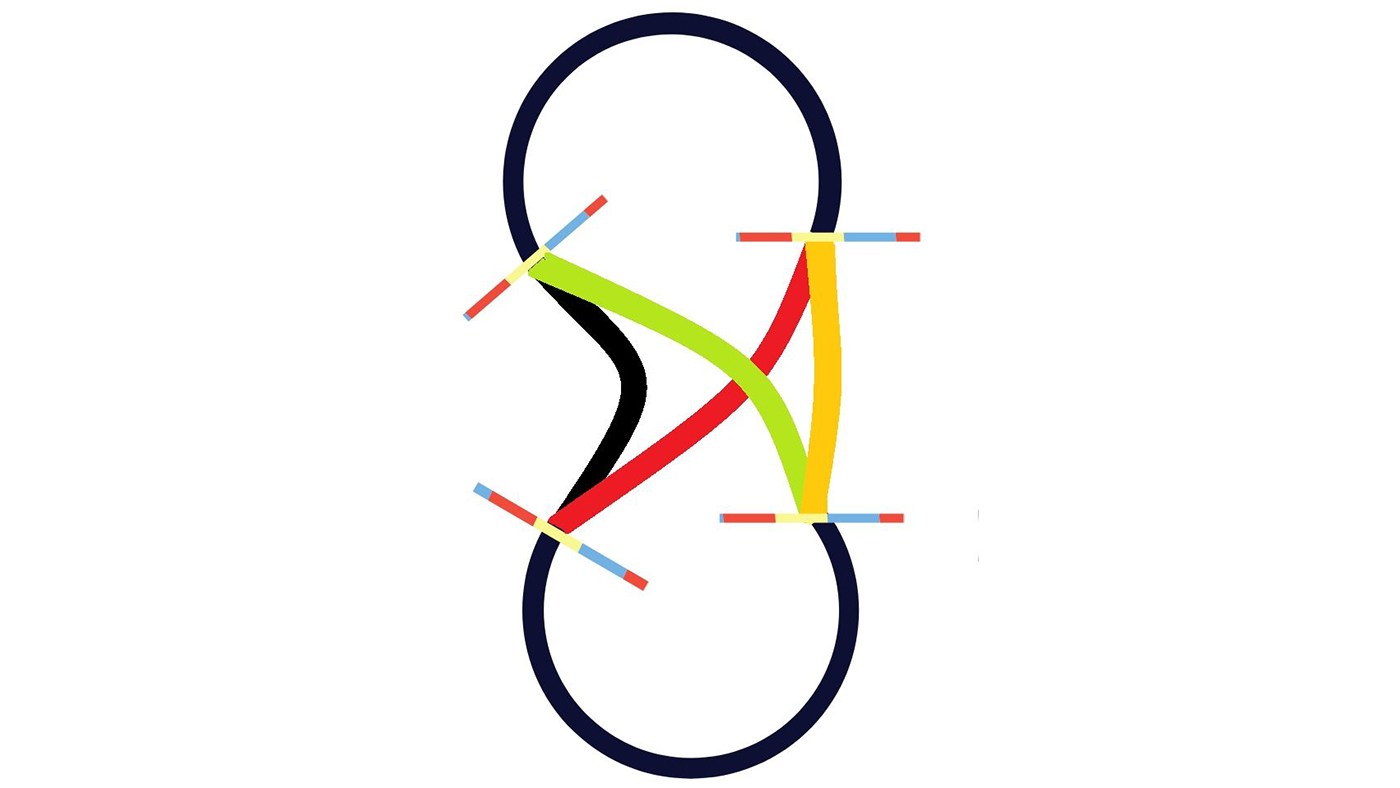
Set up according to the picture above, this helps to work on consistency. Jump a variety of different lines six or seven times (or less) then break and repeat until you feel happy you’ve got a nice rhythm and pace around the fences. I first found this tricky because I over-thought it. Once I relaxed and rode with feeling it came more naturally.
All of these exercises are designed to help develop the pace and quality of your canter so that in the last two or three strides you have the ability to sit up and balance. This means your horse has maximum push from behind giving them the best chance to clear the fence.
They also help encourage articulation and movement through the horse’s body, which can help their jumping technique. Because we were competing, the jumps we do in training are all around 80/90cm — they are more gymnastic work than anything else.
To end the week, we headed to Sentower. I have to say, this is definitely the show I would choose to round off our year. It’s fantastic in terms of facilities and competition. They ran a two-star this time, which attracts a lot of riders who are fascinating to watch and pick up tips from in the warm-up and ring. The courses were a bit more technical and bigger with it being a two-star, with a couple more choices with the distances depending on your horse. I had both of mine in the 1.30m with the aim to jump them in the 1.35m if they both stepped up, which they did! Felix was great and flew round for a clear in the 1.35m on the second day. I was not as strong on the last day but he jumped his socks off, giving me heaps of confidence to start 2020 positively.
Fleurie is definitely one that’s had me scratching my head a couple of times over the past 12 months, but she finished off very strong on the last day in the 1.35m, giving me the motivation and belief to get her fitter and stronger ready for next year. Now we are back in the UK, we have started incorporating using a water treadmill, which seems to be really beneficial so far in terms of fitness work.
Article continues below…
You might also be interested in:

Camilla Bingham’s showjumping blog: touring Belgium and learning some useful exercises
Camilla talks us through a recent tour she did in Europe

Subscribe to Horse & Hound this spring for great savings
This trip to Belgium really illustrated the importance of getting the right training and consistency into your horses, so you are both prepared to achieve your goals. I feel like we’ve pushed ourselves and become more motivated to keep pushing.
I hope you have all had fantastic Christmas breaks and an enjoyable New Year.
Camilla
Would you like to read Horse & Hound’s independent journalism without any adverts? Join Horse & Hound Plus today and you can read all articles on HorseandHound.co.uk completely ad-free

